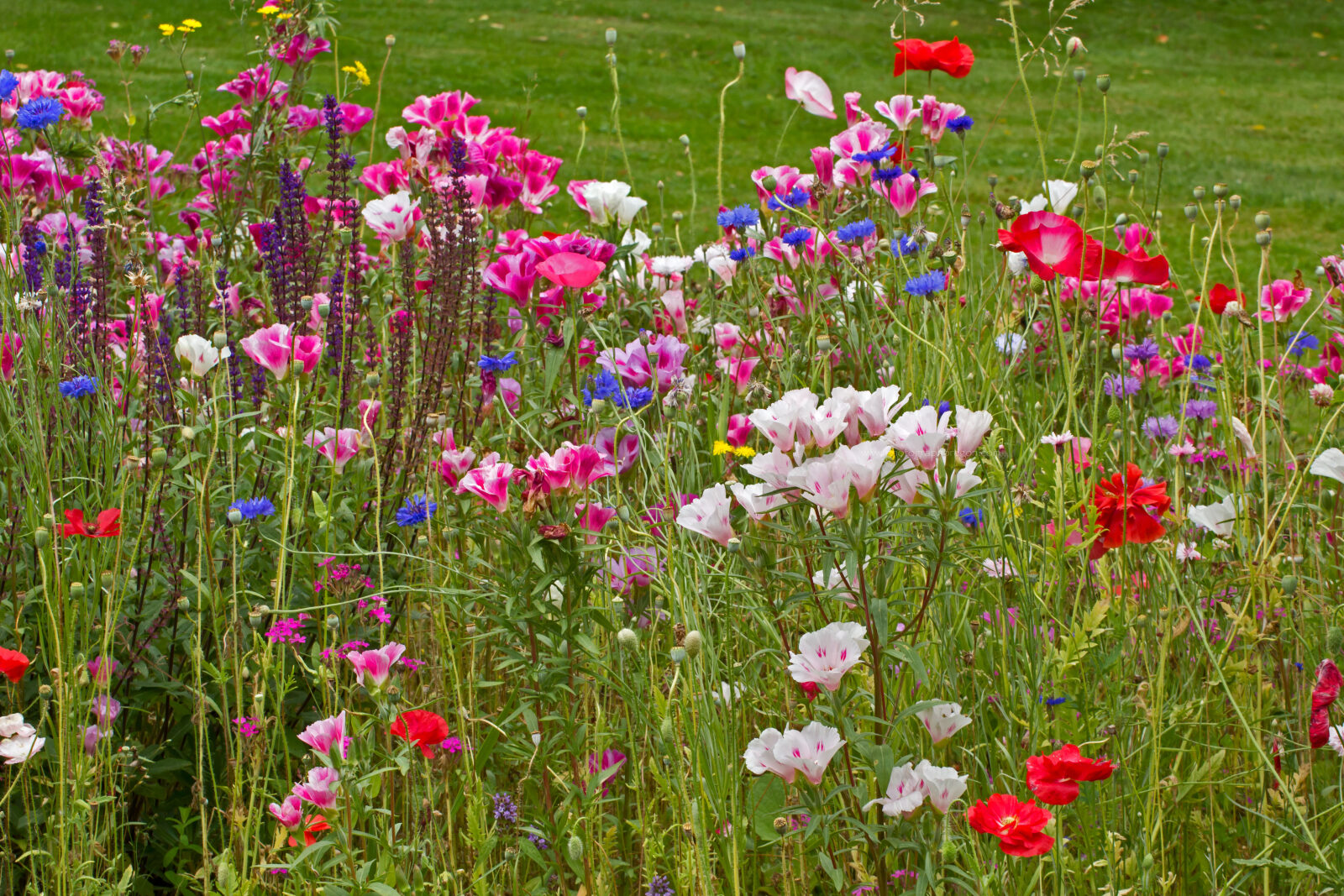What to Plant in Right-of-Way Areas

A strong right-of-way program ensures that Blue Ridge Energy can continue delivering electricity efficiently and safely with minimal interruption. Trees and vegetation represent the number one cause for outages on the electric system in our area so that’s why we work hard to protect power lines and poles through our right-of-way program.
While some species of plants can pose risks to powerlines, there are many native, low-growth species that benefit the environment and wildlife while creating safe, manageable habitats in and around the right-of-way easement areas.
Here are 5 low-growth plants to consider with native species included:
1. Shrubs
The Appalachian Mock-Orange is a native shrub that grows about 10 feet tall. In the spring it blooms small white flowers. It is adaptable and does well is most soil types.
The Great Rhododendron is a great landscaping choice to spruce up your yard. In the spring it blooms pink and white flowers. The shrub is evergreen, so it can supply some greenery year-round!
2. Native grasses
Bottlebrush grass is commonly found throughout the mountains and piedmont. It is a grass that enjoys part-shade and moist soil.
Switchgrass is native to NC and is found all over the state. It grows tall in clumps, almost like a shrub. To thrive it needs full sun but is very low maintenance.
3. Heirloom Crops
Garden crops that have been generationally passed down by preserving a seed variety. You may be able to find seeds for leafy greens, tomatoes, beans, and more for free at your local library!
4. Wildflowers
Goats beard is a wildflower native to the mountains and piedmont of NC. In early summer it blooms wispy white flowers, which is where it gets its name from.
Flame Azaleas are native to the southern Appalachian region. In bloom they range from bright red to pale yellow. This flower does best in moist, acidic soil with part-shade.
5. Trees that do not exceed 15’
The Sourwood is a tree that does not grow too tall when maintained. During the summer they bloom white flowers. In the fall they have crimson and yellow colored leaves. To thrive they need full-sun and well-drained soil.
Eastern Redbud’s are also a great landscaping choice for right-of-way easements. During the spring they bloom beautiful pink flowers. These trees enjoy moist soil and full-sun.



